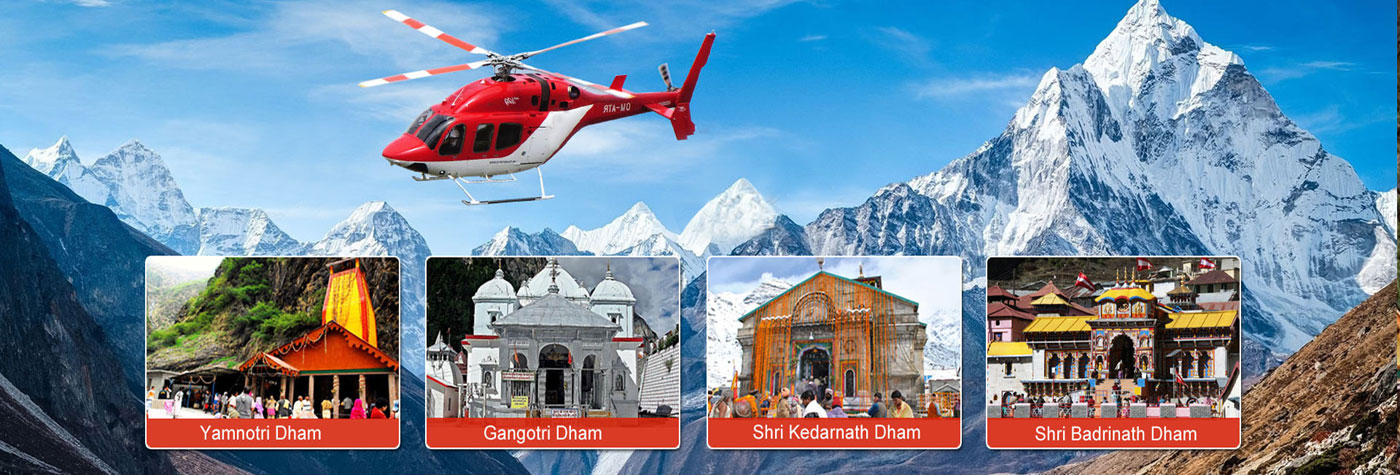Panch Kedar
Panch Kedar Yatra is all about trekking across the most celebrated routes of the five major shrines of Lord Shiva all situated on the Kedarnath valley. Kedarnath, which is situated at the head of the Mandakini River, is basically a natural rock in the form of Shiva Linga that impresses many devotees to seek blessings. Panch Kedar is basically the five famous forms of Lord Shiva namely Kedarnath (3584 mts/11756 ft), Madhya Maheshwar (3289 mts/10788 ft), Tungnath (3810 mts/12497 ft), Rudranath (2286 mts/7000 ft) and Kalpeshwar (2134 mts/8200 ft).
At the base of the Chaukambha Peak, there lies the Madmaheshwar, where the linga is the natural rock that resembles the hump of a bull. Tungnath is the place where the arm of the Shiva appeared and is the highest temple in Garhwal. This is the place where at the height of 500 m Chandrashila is located that brings the most panoramic view of the Himalayas. Further, the Panch Kedar trekking will take you towards Rudranath, where the face of Shiva is said to have appeared. Here there is a natural rock temple in which the Shiva Mukha is worshipped. To reach Rudranath, one has to trek through alpine meadows and dense forests.
Panch Kedar: History & Folklores
The history of Panch Kedars is rooted in the great epic of Mahabharata. It is said the Pandavas after winning the battle against Kauravas at the battlefield of Kurukshetra were tormented by severe guilt pangs and sense of sin arising out of the feeling of having slaughtered their own kinsmen at the battlefield. To get rid of the sins, they came looking for Lord Shiva and went around seeking his blessings. But Lord Shiva, angered by the death of the Kauravas evaded the meeting and eluded Pandavas by disguising himself in the shape of a bull. But as Pandavas drew closer, he attempted to dive underground. Bhima however got hold of his tail and the hind legs. But the ‘Bull incarnate’ slipped the hands of Bhima and only the ‘hump’ could be retained. This hump is worshipped at Kedarnath. The rest of the body parts of Lord Shiva appeared in four different places- arms at the Tungnath dham, face at the Rudranath dham, navel at the Madhyamaheshwar dham, hair at the Kalpeshwar dham. Along with Kedarnath, these four dhams are collectively called ‘Panch Kedar’.
What is Panch Kedar
Devbhumi, Uttarkhand is surely one of the most picturesque parts of the earth. The beautiful state Uttarakhand holds PanchKedar or the set of five Hindu temples devoted to Lord Shiva. PanchKedar- Kedarnath, Tungnath, Rudranath, Madhyamaheshwar, and Kalpeshwar. Each temple is nestled on the most tranquil and unruffled parts of the Indian Himalayas. The village of Kedarnath is on the edge of the Kedarnath mountain slope in a remote northern part of the Garhwal Himalayas.
One can witness the Dudhganga, Madhuganga, Swargaduari, and Saraswathi stream flowing in the valley behind the Kedarnath temple. Tungnath has an amazing backdrop of the peaks of Panchachuli, Nanda Devi, Dunagiri, Kedarnath, and Bandar Poonch and is located near Chopta that is at a very short distance from Ukhimath. Kalpeshwar is nestled in the Urgam valley in a very dense forest area. The astounding Urgam valley has apple orchards, terraced fields where potato is grown extensively. The Kalp Ganga river, a tributary of the Alaknanda flows through this pretty valley.
The PanchKedar yatra takes one on a long and serene journey. The journey is filled with the element of sacredness, meadows, mountains, snow-covered peaks, wildlife and streams. The PanchKedar pilgrimage takes around 15-16 days to complete.
The mythology behind Panch Kedar temples
One of the versions of the most popular legend related to the formation of PanchKedar relates to the era of Mahabharata. Legend says that Pandavas, on the advice of sage Vyasa came here to ask forgiveness for killing their kith and kins in the Kurukshetra war. Lord Shiva hid at Guptkashi in the Himalayas of Garhwal and disguised himself as a bull. Pandavas came looking for Lord Shiva and recognized Lord shiva in the form of a bull. Bhim tried to catch hold of the bull but it dived into the ground and vanished.
Lord Shiva reappeared in parts at different parts of Garhwal. The Hump came up at Kedarnath, navel appeared at Madhyamaheshwar, a face emerged at Rudranath, arms appeared at Tungnath, and hair at Kalpeshwar. After this Pandava constructed the temples at each of these five places where Lord Shiva emerged as such. Thus these five places are together known as PanchKedar.
 +91 9799050299
+91 9799050299 

